
What are hops used for?
Beer, of course... but not just that
Contents
Hops are known to be an essential ingredient in beer production. But Humulus lupulus, to give it its Latin name, is also a native perennial liana with multiple qualities: ornamental, culinary, cosmetic… How can we “use” hops or its cones? Let’s take a look at the benefits of hops in this advice sheet.

Hops cultivation
Its use in beer
Is hops really essential in beer production? Yes… and no. It’s a matter of word choice. By definition, a beer without hops is not a beer, but a cervoise (more or less the ancestor of beer). So technically, you can make a beer without hops, but… it won’t be a beer. Let’s say we’re playing with words.
Historically, the idea of using hops in beer for primarily health reasons is generally attributed to Hildegard of Bingen. Hops possess antibacterial and antifungal properties, which allow for better preservation. In reality, hops were already used sporadically in some “breweries“, but rather for their aromatic virtues: the first written mention of this usage dates back to 822. However, it is indeed this 12th-century nun who first systematised the use of hops in beer (Thank you, Hildegard!). Hops then replaced the preservative and bittering plants of the time: dandelion, heather, or calendula.
Hops have multiple attractions in brewing:
- hops provide a particular aroma and bitterness to beer: the aroma comes from the essential oils contained in the beta acids of hops, while the alpha acids provide the bitterness. These alpha acids are derived from lupulin, a resin produced by the female cones of hops. Yes, a resin! Just like in cannabis. This plant actually shares the same botanical family with hops: the Cannabaceae;
- hops modify yeast performance: the chemical interactions between hops and yeast stimulate the latter;
- hops reduce the foam of the wort (juice extracted from the malt before fermentation) during boiling and affect the coagulation of malt proteins;
- hops reduce the oxidation of beer: thanks to the tannins that increase the reducing power of beer (remember chemistry lessons: oxidation-reduction… all that…). This allows for better preservation;
- hops also affect the texture and quality of beer: particularly regarding foam retention, partly due to the alpha acids.
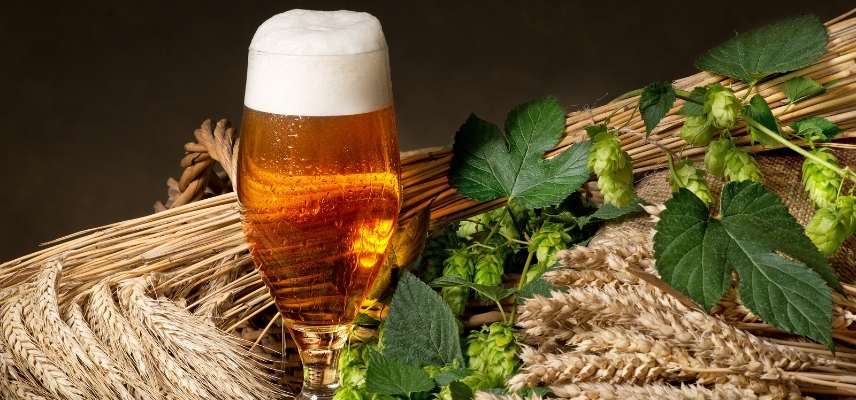
Hopping
Hops are added at different times during the boiling of the wort: at the beginning to provide bitterness, balance the taste, and affect the texture of the wort, then at the end of boiling for the aromas. You can also soak a bit of hops before boiling (at the mashing stage) to intensify the flavour. Some brewers even incorporate it after boiling, during the (primary) fermentation: this is known as cold hopping, or dry hopping.
Good to know! : to preserve the aroma of hops, it is advisable to air-dry the female cones. However, aromas degrade quickly. Thus, compressed hops in pellets or sticks have been invented, which last longer. Brewers regularly use both types of hops at different stages of the process.
Did you know? As with malt, there is a great diversity among the varieties of hops cultivated for brewing: more than a hundred. These hops are classified according to their alpha acid content, intensity, and character (the flavour they impart).
 Hops cones and pellets
Hops cones and pellets
Medicinal properties
Female hop cones are commonly used, particularly in infusions, for their therapeutic properties. Indeed, lupulin has sedative, calming, and antipyretic properties (reducing fever). Hops may also aid digestion.
Furthermore, hops produce phytoestrogens which, in low doses, may alleviate menopausal symptoms (hot flashes, irritability, sweating…). However, in high doses, these phytoestrogens can be dangerous, especially for pregnant women or individuals with a history of breast or ovarian cancer.
An excess of phytoestrogens can also be concerning for men. Estrogens can lead to the development of gynecomastia (swelling of breast tissue) and erectile dysfunction in men. In short, beer is fine… but in moderation.
Finally, keep in mind that the use of therapeutic plants will never replace medical supervision and that an overdose is always possible! Even with plants that seem harmless.
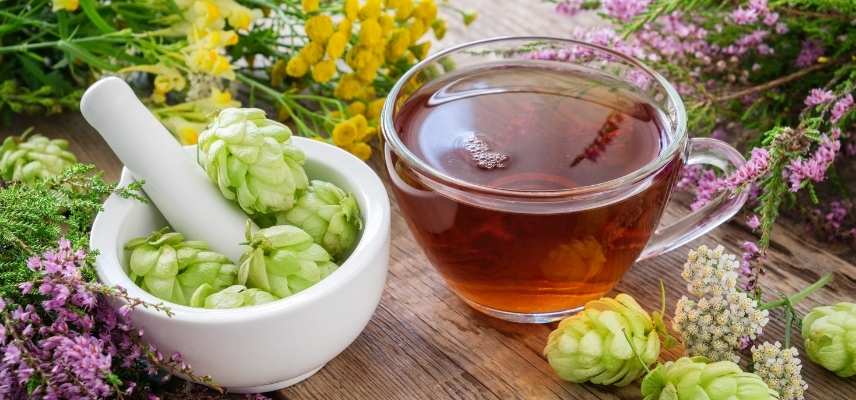 Hops in infusion… in moderation</caption]
Hops in infusion… in moderation</caption]
Discover other Humulus - Hop
View all →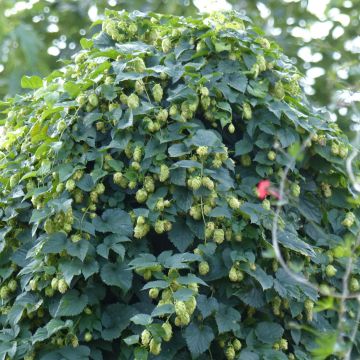
Available in 2 sizes
Available in 1 sizes
Available in 1 sizes
Available in 2 sizes
Available in 1 sizes
Available in 1 sizes
Available in 1 sizes
Available in 1 sizes
Available in 1 sizes
Available in 1 sizes
Is it edible or not?
Almost the entire hop plant is edible for humans: cones (or strobili), young shoots, rootstocks, leaves… It is the female cones that are used in brewing beer or for other purposes (such as herbal tea). Indeed, hop is a dioecious plant, meaning there are male and female plants: only the female plants produce cones or female inflorescences.
However, in practice, it is mainly the young shoots of hop, known as turions, that are harvested when they emerge from the ground in early spring (March-April). They can be consumed like a vegetable: raw in salads or cooked, somewhat like asparagus.
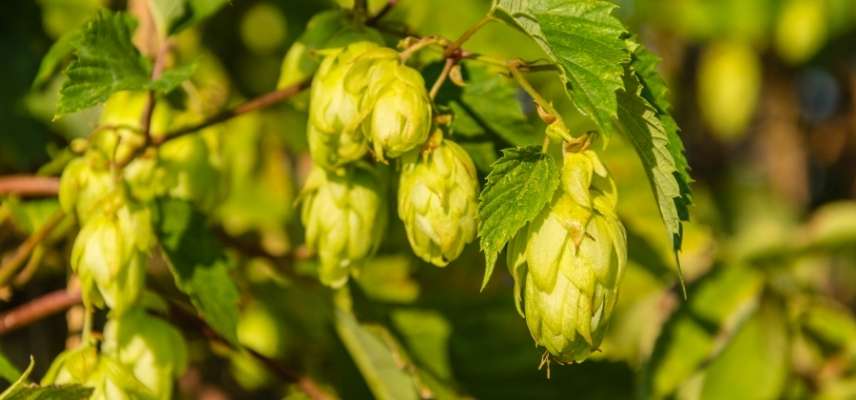
Female strobilus of hop
Read also
Propagate hopsUse in cosmetics
Hop cone essential oil is used as an ingredient in perfumery.
Hop cone extract serves in the cosmetic industry primarily as an antimicrobial agent, but also as an antiperspirant.
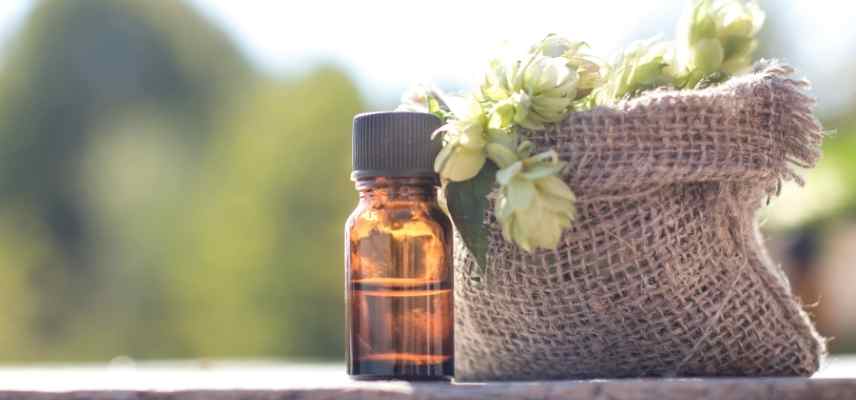
Hop essential oil
It is also a beautiful plant!
Hops, Humulus lupulus, is a stunning climbing plant. Over time, cultivars selected for ornamental purposes have emerged. For example, the very attractive Golden Hop: Humulus lupulus ‘Aureus’ with its golden foliage in season. This voluble climbing plant can produce stems reaching up to 10 m in just one season, making it valuable in the garden.
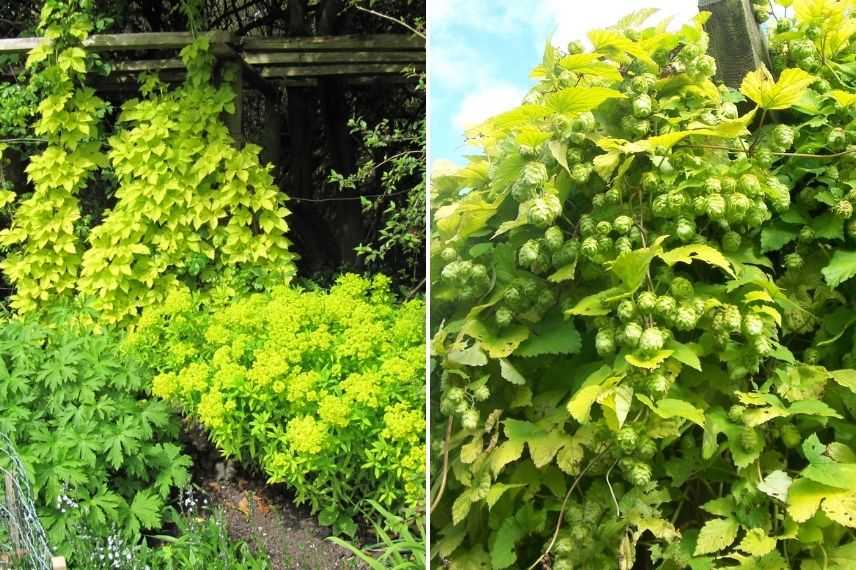
Humulus lupulus ‘Aureus’ (Photo Leonora Enking – Flickr)
And what about Nature in all this?
Hops are a wild liana of our flora. Therefore, they play an essential role in the ecosystem as a link in certain food chains. This is particularly true for some insects that depend directly on them: several caterpillars of moths feed on hops (the Currant or Hop Eupithecia, the Hop Moth, the Snout Moth, and the Tufted Moth), as well as the Hop Aphid (Phorodon humuli).
European Dodder (Cuscuta europaea), another native climbing plant, likes to climb on hops to parasitise them, which weakens the plant and can sometimes lead to its death. Like all parasitic plants, European Dodder needs its host to survive (not necessarily hops, however).
Did you know? : The long “stems” of hops can also be used for what is called “wild weaving”. This is an opportunity to familiarise yourself with an ancient craft during a guided walk with a guide specialised in weaving.

Humulus lupulus
Be careful not to overdo it with hops!
The use of hops as a medicinal plant is not to be taken lightly! Regular and high-dose consumption of lupulin (produced by the female cones of hops) could lead to disruptions in the endocrine system (which regulates hormones). Its use is not recommended for pregnant and breastfeeding women. Due to its oestrogenic action, hops are also contraindicated for individuals who have suffered from hormone-dependent cancers (such as breast cancer, ovarian cancer…) or those at risk.
This liana also presents a relative contact toxicity. Some hop pickers may experience contact dermatitis. Less than 5% of them will develop skin lesions, usually without the need for medical treatment. However, it is still worth mentioning. During harvesting, the aromas of hops can also cause confusion, drowsiness, or headaches. Let us not forget that hops belong to the Cannabaceae family.
Be very careful if you use hop cones (for beer or otherwise) and if you are the proud owner of a dog or cat. Ingestion of the cones by dogs or cats can lead to serious health issues: tachycardia, an increase in body temperature up to 40 °C (which should be between 38 °C and 39 °C), vomiting, and even coagulopathy (clots in the blood vessels). All of this can result in the death of your four-legged friend within 6 hours of ingestion.
 Hops, a plant to use wisely!
Hops, a plant to use wisely!
- Subscribe!
- Contents

































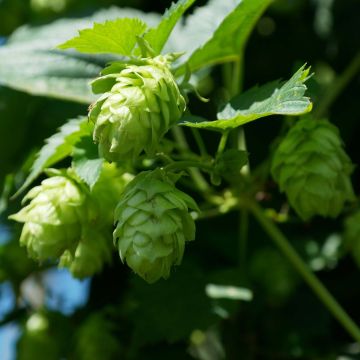
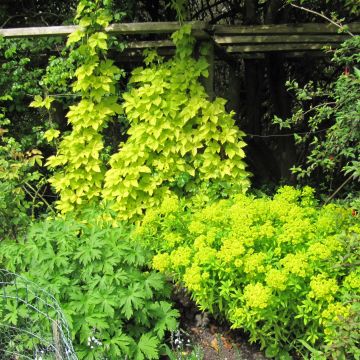

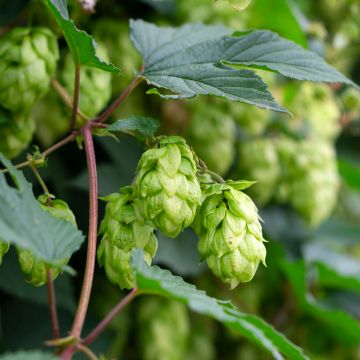
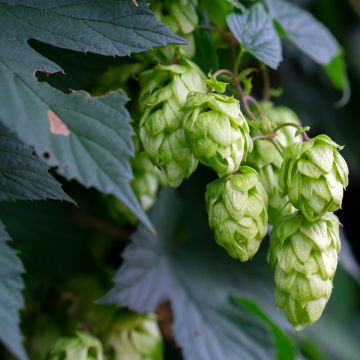
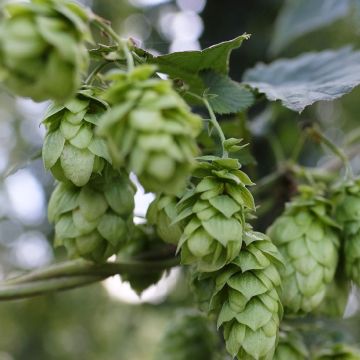
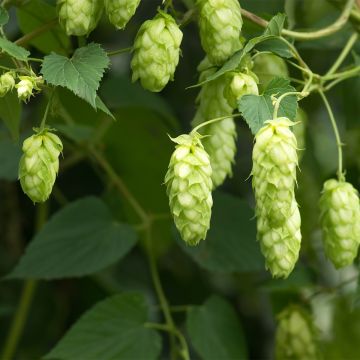

Comments